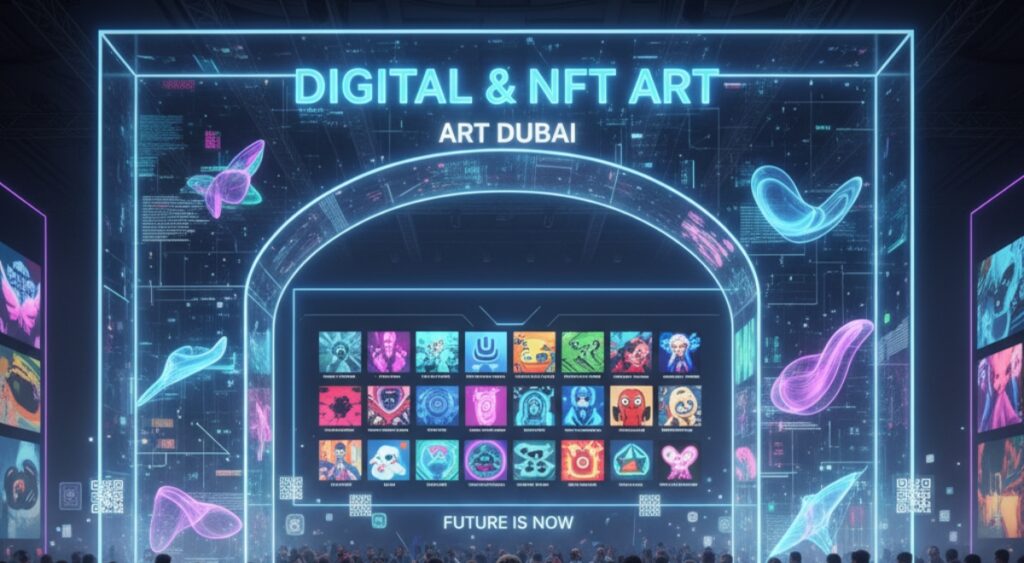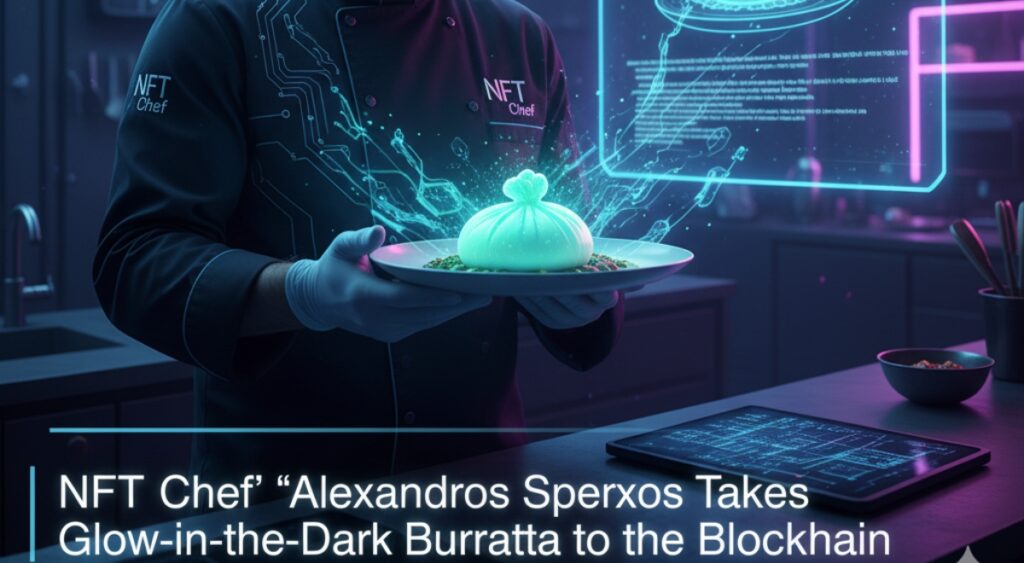The emergence of Non-Fungible Tokens (NFTs) represents a groundbreaking technology that allows digital assets to be owned and valued based on scarcity. As a result, the world of NFTs has become increasingly popular in recent years, attracting artists, collectors, and investors alike. The fast growth of non-fungible tokens motivates some artists and creators to release collections to make profits. This new asset class has a lot of potential and can strengthen the economies of creators. However, while introducing a new NFT collection can have potential benefits, creators should be aware of potential pitfalls. This article explores some common mistakes people make when launching NFT collections.
Top Five Mistakes To Avoid When Launching NFT Collections
No Clear Plan And Roadmap
In order to ensure the successful development of an NFT collection, it is crucial to have a well-defined plan and roadmap. Without these, there will be a lack of clarity and direction. If the project lacks a clear vision, it might face difficulties gaining momentum and drawing in investors.
Lack Of Communication
NFT projects require effective community engagement to avoid poor communication. If there is a lack of communication, it can result in reduced interest and trust in the project. For a strong community presence, the team responsible for an NFT collection should engage in social media activity and offer consistent updates on project developments, partnerships, and milestones.
Lacks Utility
NFTs can be used to tokenize digital artwork, but they must go beyond visual appeal in order to maintain long-term interest. To do this, NFTs can include extra features and benefits such as governance rights, the ability to stake and receive rewards, and access to exclusive experiences.
Inadequate Post-Launch Support
After launching an NFT collection, it’s important to continue supporting users. The work doesn’t end with the collection going live. Projects often fail because they do not recognize the significance of providing continuous support and updates even after the initial launch. If you don’t have a good support system, your users may not be as satisfied or engaged, which could negatively affect future collections.
Undermining The Importance Of Quality And Rarity
An NFT’s value is based on its quality, name, and rarity. A collection can lose appeal if it has dull designs and the market is oversaturated. Developers of NFTs should create a smart rarity system to motivate collectors and differentiate themselves from competitors.
Conclusion
NFT creators need to be mindful of the potential risks that come with an inadequate strategy for launching a new NFT collection. Creators can improve their chances of success in the competitive NFT market by avoiding these pitfalls. Also, they can establish trust, draw in investors, and support the growth of the NFT ecosystem by addressing these potential issues.
















